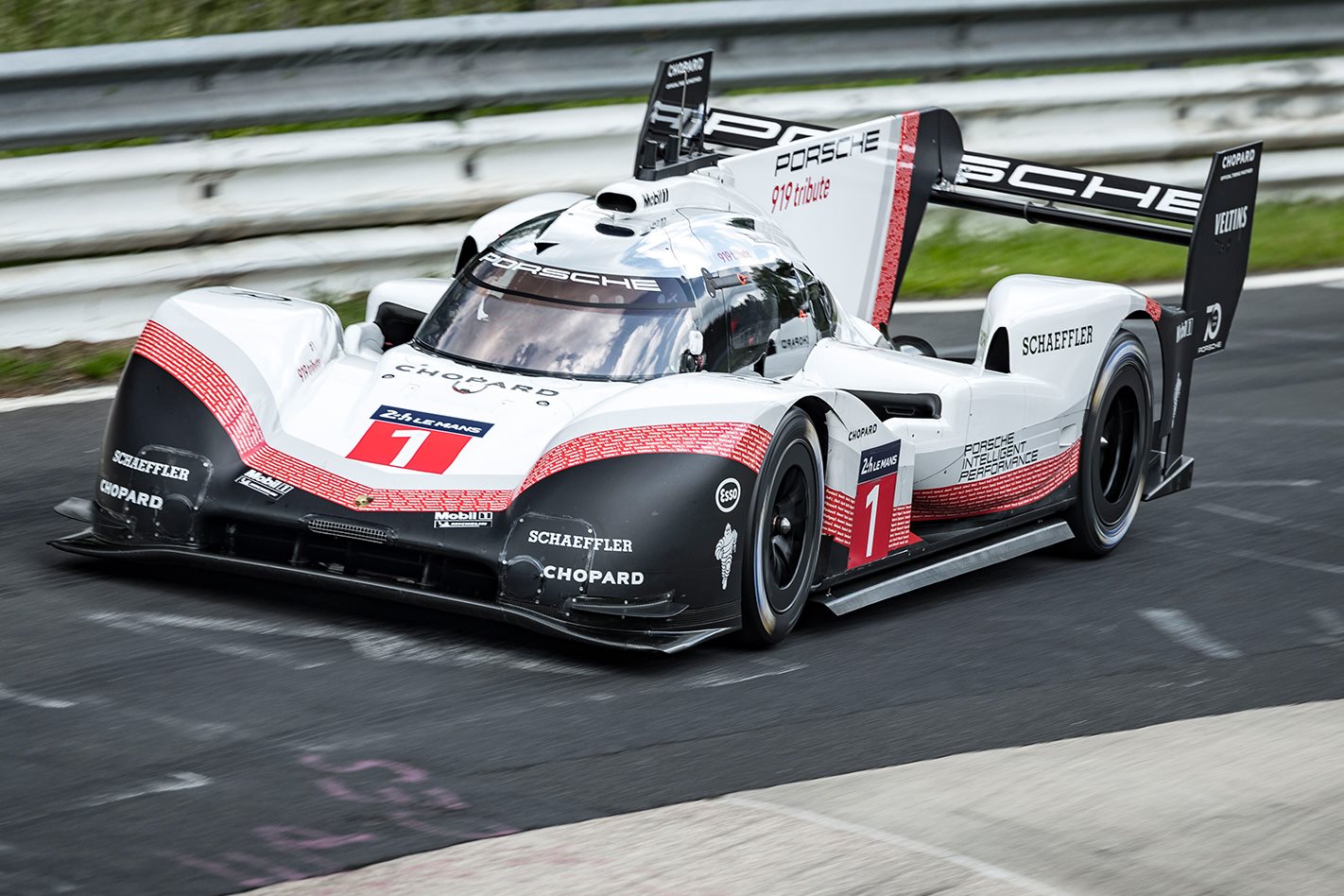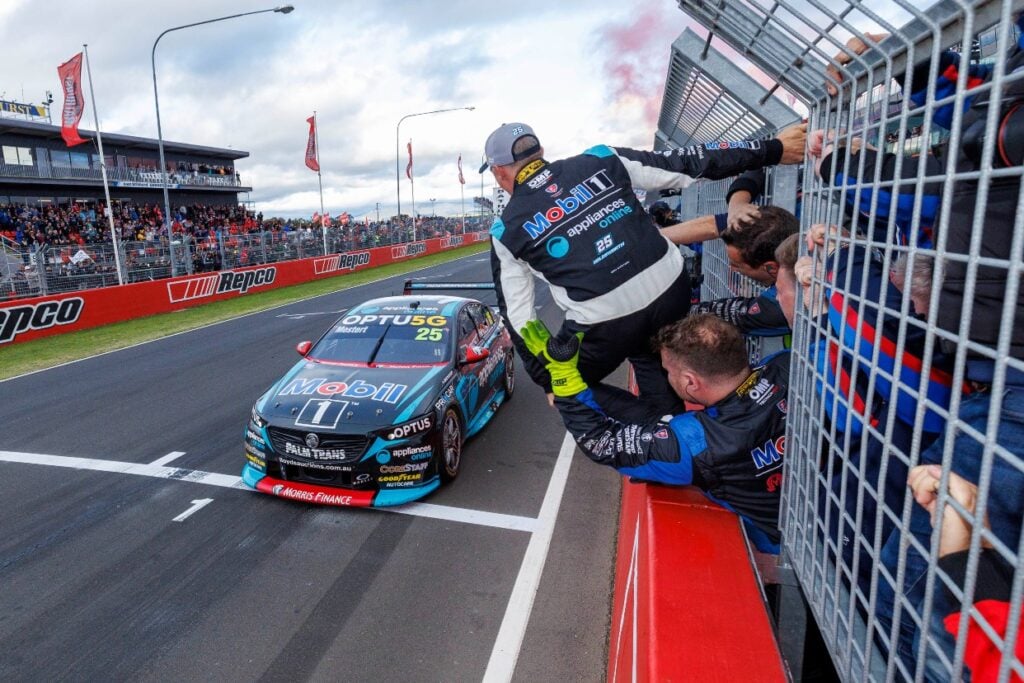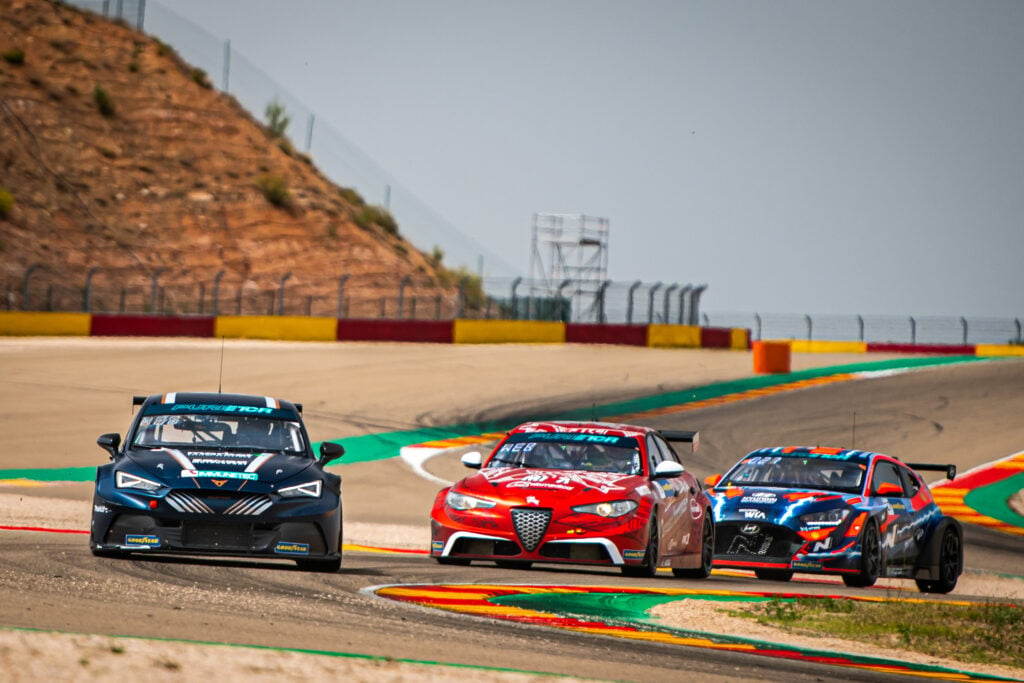TIMO BERNHARD and Porsche have forced a major recalibration across the automotive and motorsport community after obliterating a 35-year-old record once thought unbreakable.
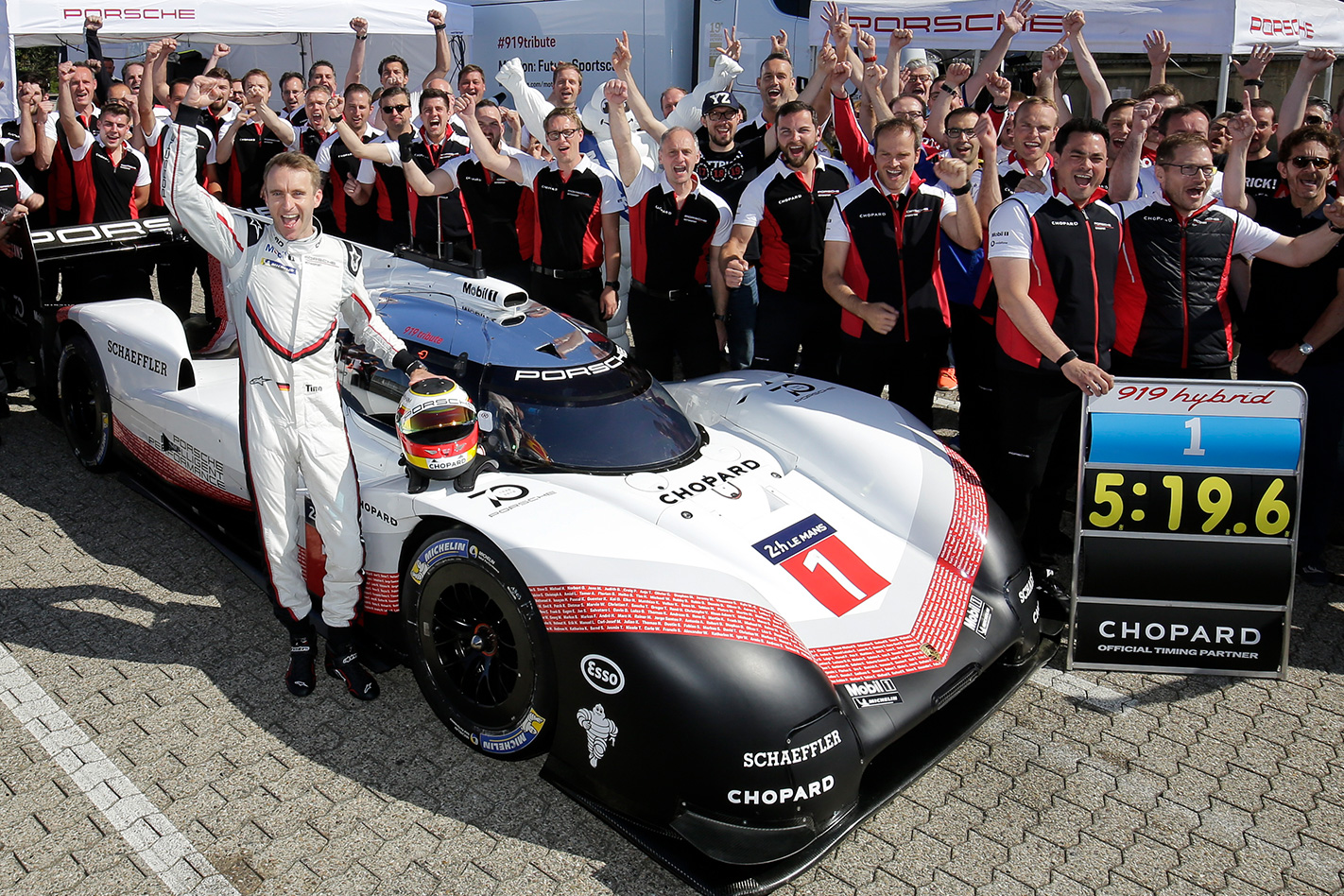
The previously understood notions of what constitutes “fast” around the intimidating Nordschleife circuit in Germany have been thrown out the window, along with Stefan Bellof’s 6:11.13 Nurburgring Nordschleife lap record which was set in 1983 in a Porsche 956C. For three and a half decades, Bellof’s time was thought to be completely unassailable.
Yet Bernhard managed to pilot his 919 Evo to a stopwatch-scorching time of 5:19.545 around the Green Hell. Clearly, the 51-second gap is significant, but when you compare the laps on other metrics the scale of Bernhard’s achievement becomes even more remarkable.
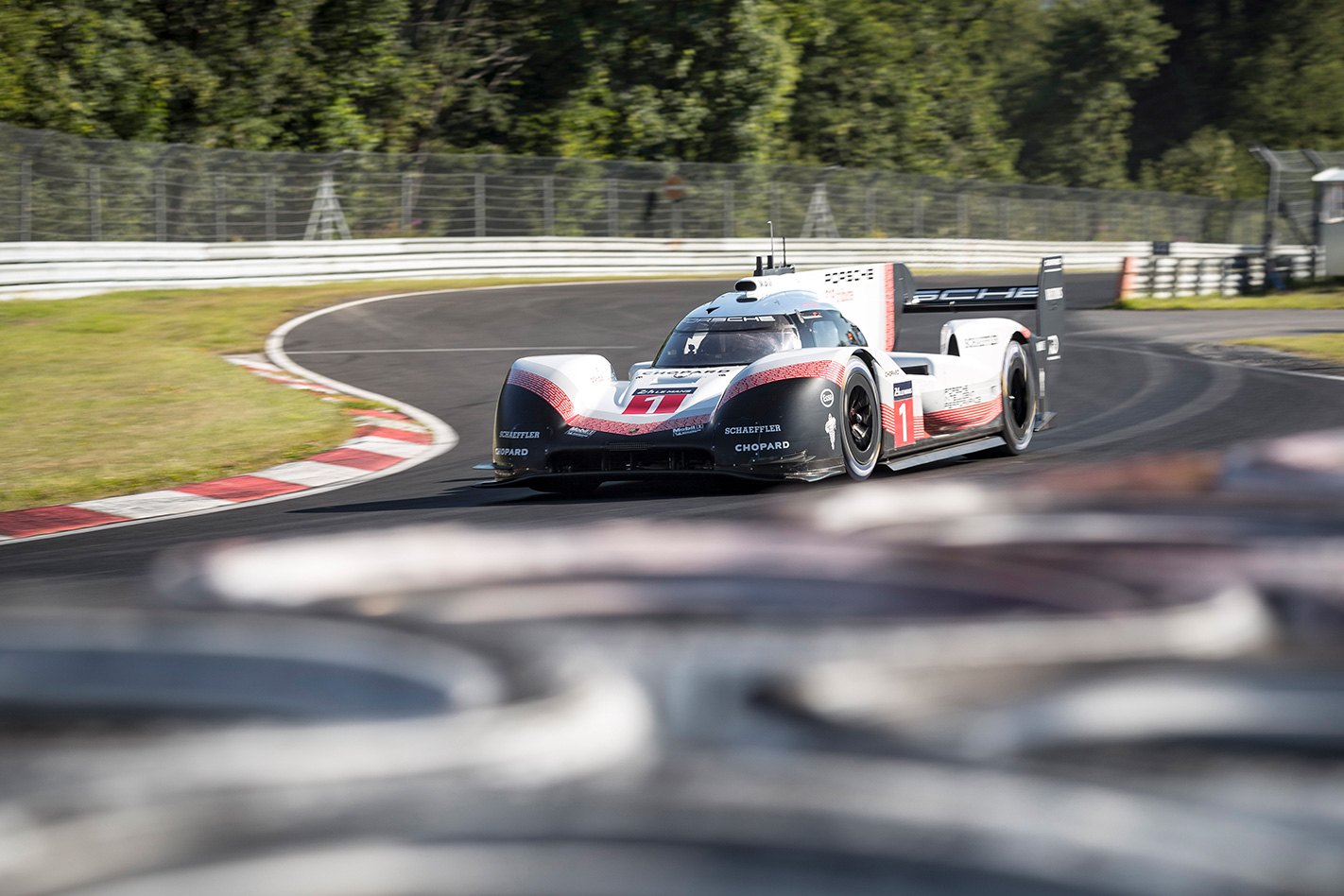
Bellof, who achieved an average speed of 201km/h on his lap during qualifying for the ’83 Nurburgring 1000km race, would need a head start of 3.02-kilometres to beat Bernhard on a flying lap. That’s roughly one-seventh of the distance around the entire circuit, and would have Bellof passing through the Hocheichen section of track as Bernhard begins his lap.
Bernhard and the 919 Evo averaged 234km/h over the 20.832-kilometre lap of the Nordschleife circuit – the same distance driven by Bellof.
Currently Porsche also holds the production car lap record at the Nordschleife, with Lars Kern achieving a 6:47.24 lap (with an average speed of 183km/h) in the GT2 RS in late 2017. In order to be neck-and-neck with Bernhard by the finish line, Kerns would need to already be 4.62-kilometres down the road, heading through Flugplatz, when Bernhard began his record run.
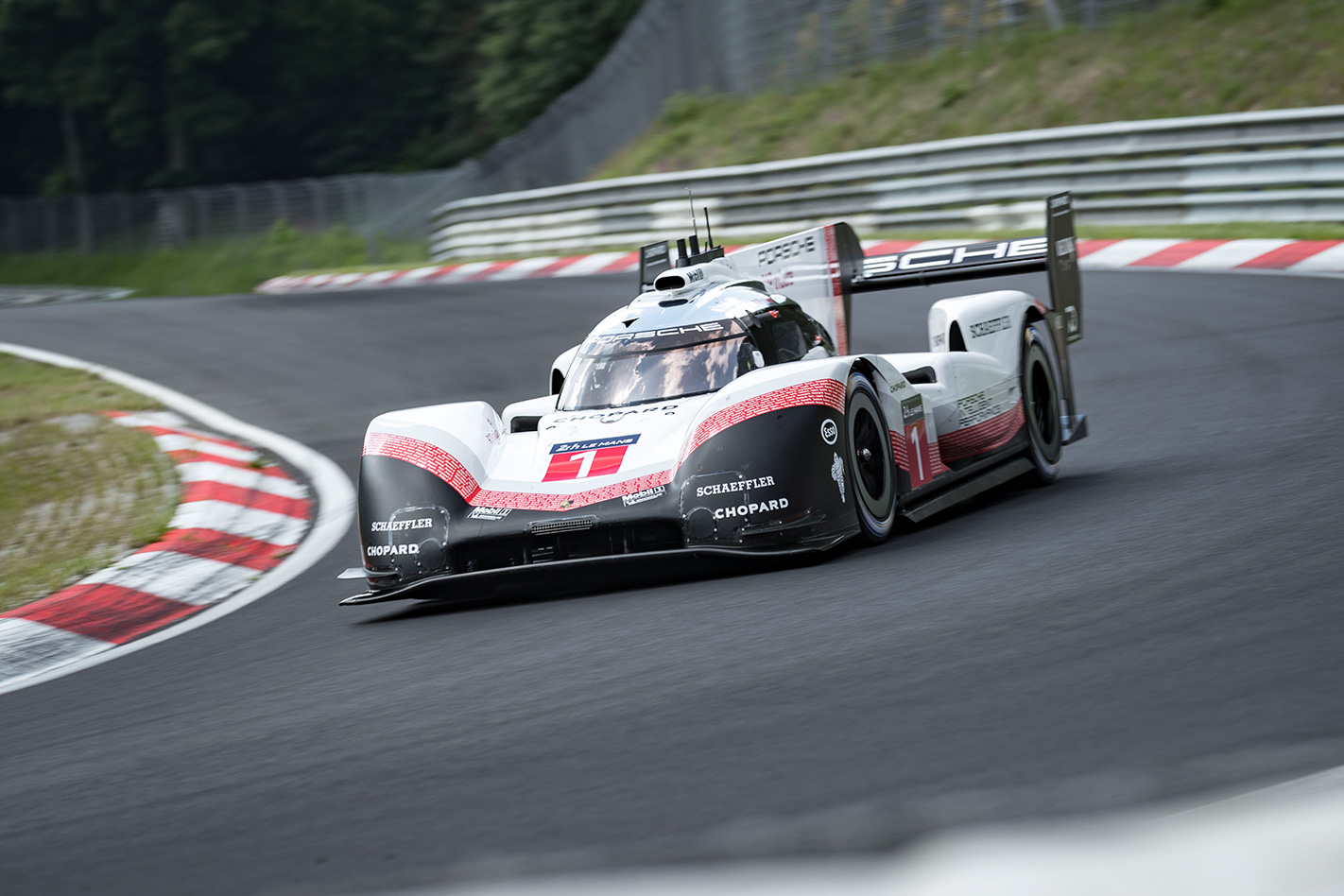
Since the 20.832-kilometre layout of the Nordschleife was only used for a single season of competitive racing, it is difficult to compare Bellof and Bernhard’s times to other racing cars. These days, most races (such as the Nurburgring 24-hour) also incorporate most of the Nurburgring GP track.
However, there was a Group A Touring Car race also held in 1983, with Tom Walkinshaw piloting a Jaguar XJS racer to a 8:02.44 lap on the same layout during race conditions.
Walkinshaw and his Jag would need to be passing through the Adenauer Forst portion of track – 7.1-kilometres into the lap – to have a chance of beating Bernhard to the line in a showdown.
Check out our list below to see the kind of head start various cars and drivers would need to beat Bernhard in a flying lap battle:
- 2018 Porsche 919 Evo – Timo Bernhard – 5:19.545 (234km/h)
- 1983 Porsche 956C – Stefan Bellof – 6:11.13 (201km/h) – 3.02km head start needed
- 2017 McLaren P1 LM – Kenny Brack – 6:43.22 (185km/h) – 4.44km head start needed
- 2018 Porsche 911 GT2 RS (991.2) – Lars Kern – 6:47.25 (183 km/h) – 4.62km head start needed
- 2017 Lamborghini Huracan LP 640-4 Performante – Marco Mapelli – 6:52.01 (181 km/h) – 4.8km head start needed
- 2015 Nissan GT-R NISMO – Michael Krumm – 7:08.679 (175km/h) – 5.33km head start needed
- 2017 Honda Civic Type R – 7:43.8 (161km/h) – 6.53km head start needed
- 2017 Alfa Romeo Stelvio Quadrifoglio – Fabio Francia – 7:51.7 (159km/h) – 6.75km head start needed
- 1996 Nissan Skyline GT-R R33 V-Spec – Dirk Schoysman – 7:59 (156km/h) – 7.01km head start needed
- 1983 Jaguar XJS Group A – Tom Walkinshaw – 8:02.44 (155km/h) – 7.1km head start needed


